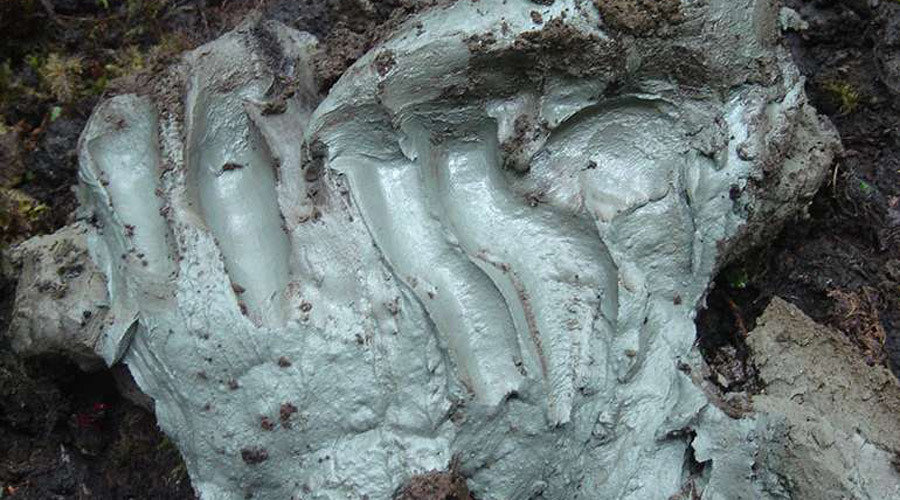OF THE
TIMES
We'll know our disinformation program is complete when everything the American public believes is false.
I wouldn't be surprised if Katherine turns out to be trans.
"Putting NATO forces directly in conflict with Russian forces - I think that would be a dangerous escalation," British Foreign Secretary David...
The neo-liberal order is simply transforming into a totalitarian technocratic dictatorship. Let's see, we can call it the "freedom from life", the...
I am sure Iran, Russia, China are aware of this "strategy", which is why it is failing.
We are being told what is coming. The globalists probably envisioned more would be dead from the bioweapon.
To submit an article for publication, see our Submission Guidelines
Reader comments do not necessarily reflect the views of the volunteers, editors, and directors of SOTT.net or the Quantum Future Group.
Some icons on this site were created by: Afterglow, Aha-Soft, AntialiasFactory, artdesigner.lv, Artura, DailyOverview, Everaldo, GraphicsFuel, IconFactory, Iconka, IconShock, Icons-Land, i-love-icons, KDE-look.org, Klukeart, mugenb16, Map Icons Collection, PetshopBoxStudio, VisualPharm, wbeiruti, WebIconset
Powered by PikaJS 🐁 and In·Site
Original content © 2002-2024 by Sott.net/Signs of the Times. See: FAIR USE NOTICE

Having worked in healthcare for over 40 years, yes some of the bacterial infections cited in the article can be attributed to MRSA resistance, not just in the US but Canada.
ESKAPE bacteria - which includes Enterococcus faecium, Staphylococcus aureus, Klebsiella pneumoniae,Acinetobacter baumannii, Pseudomonas aeruginosa, and Enterobacter species - causes the majority of infections in US hospitals, and is resistant to antibacterial drugs.
Why do so called scientist not think outside the box and try some of these treatments, after all what is to lose. Well I suppose there is no profit to be made in simple clay.
Age old wisdom is not considered of value, everything has to be reduced to one supposed cause, reductionism.
[Link]